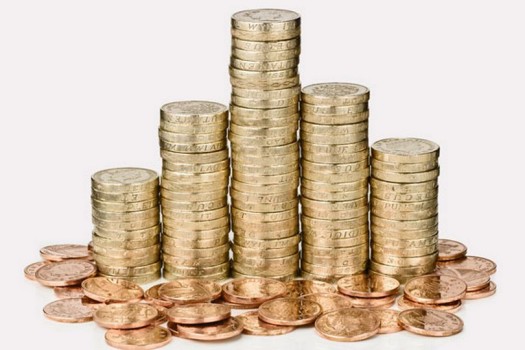1. If I have $0 in income, I can contribute nothing to my RRSP, right? Or is there a minimum every year I can contribute no matter my income?
2. Does the RRSP limit I have carry forward to the next year if I didn’t use it all?
3. Do RRSP deductions count toward both federal and provincial taxes?
- The amount you can contribute to your registered retirement savings plan (RRSP) in a given year is determined by how much you made in the previous year. Your contribution room is 18% of your previous year’s income, for a maximum amount of $27,830 (as of 2022). This means if you made $100,000 in 2021, your contribution room for 2022 would be $18,000. If you made $50,000 in 2021 then your contribution room would be $9,000. If you made $0 in 2021 then your 2022 contribution room would be $0.
- Yes, your RRSP contribution limit carries forward if you didn’t use it the previous year. Let’s assume your contribution room was $9,000 last year and you didn’t use any of it. Let’s say you’ve got another $9,000 of RRSP contribution room this year too. That means you would have a total of $18,000 you could use for this year.
- When you deposit money into your RRSP you get tax credits which you redeem at the end of the tax year (typically by filing your taxes in April). Any amount you deposit into your RRSP account effectively deducts your taxable income by the same amount. Let’s say you made $40,000 and deposited $5,000 into your RRSP. Your taxes would effectively be calculated as if you’d made $35,000. This would lower the amount of total income tax you owed by (probably) around $1,500. This would come off your total income tax bill as provincial and fedora taxes are filed together.

Comments are closed, but trackbacks and pingbacks are open.